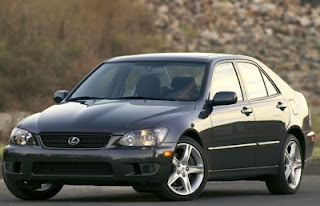The house is almost exactly the same age I am. We've had it for 20 years and since only two of us now live it, the house is aging gracefully. But! Earlier this week the sink in our main bathroom stopped draining. We had already tried all the normal (and safe) tricks - boiling water, vinegar, sticking a clothes hanger in the pipe, etc. NOTHING was going down.
Here's a diagram for the non-plumbers, and people in other countries who do plumbing differently.
I took off the trap. I couldn't get anything to go into the drain extension! And I couldn't undo it, although I did discover it was leaking through pinholes. So I squirted the joint (under the trim ring) with liquid un-wrenching juice.
Then I went up on the roof with a plumber's snake, and ran it 30 feet down the vent stack. I got a handful of stuff out. I went back down, and with a torch, giant wrench, pliers and a hammer, pulled pipes out of the wall. The wall pipe was completely clogged! You can see a drain extension pipe here. Notice the hair and the solid gunk that we had to chisel out of the pipe!
Here's where it goes into the wall, after I have spent a 10 minutes scraping it out with long screwdrivers, the plumber's snake, and my fingers. Yuk.
Finally, here's another look at the pipe. It was 90% obscured when I started.
So what do you suppose is the problem? Can we define it with math? Let's try. A water conservation site estimates tooth brushing, face washing and shaving all take about a gallon (each):
87,600 = Number of times people brushed teeth in this sink (assume 2 people x 2 times/day x 60 years)
43,800 = Number of times people washed their hands in this sink (assume 2 times/day x 60 years)
15,600 = Number of times people shaved in the sink (5 times/week x 60 years)
1,440 = Hand Laundry (once a month x 2 gallons x 60 years)
200 = Amount of cleaning solutions, soaps, cleansers, etc down the drain (8 oz/week x 60 years)
148,640 = let's round this up = 150,000 gallons of mucky water down the drain.
Is it normal for sinks to clog? I checked a plumbing website and found this diagnosis:
In bathroom sink drains what sticks is a combination of face cream, shaving cream, toothpaste, and stray hairs. That stuff often gets caught on the pop-up and the lift lever just below it, but after years it begins adhering to the walls of the pipes. I've seen it accumulate to the extent that even the trap pipes are almost closed up.
We had completely closed-up pipes! It's normal. So I took them out and put in some new ones. Aren't they pretty?
I can now expect a few trouble-free years and tens of thousands of gallons to flow down these pipes.










































